1. North Port–Sarasota–Bradenton, FL
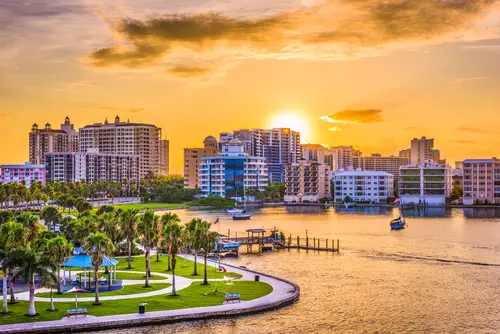
You remember how places like North Port–Sarasota–Bradenton were once the belle of the ball during the pandemic housing boom? Now, thanks to rising insurance costs and local oversupply, they’re among the coldest markets in 2025 according to Bankrate’s Housing Heat Index. That downturn is significant because these were once the fastest-appreciating areas in 2023, so the reversal is both surprising and telling. Their inclusion underlines just how sharply things can shift in overheated markets.
From a buyer’s vantage point, it’s actually a welcome change: homes are staying on the market longer, giving buyers more room to negotiate. And for sellers who priced too ambitiously, that’s a wake-up call: they may need to rethink expectations. The cooling is tied directly to factors like insurance premiums and taxes rising faster than many locals can manage. It’s a textbook example of a hot market coming uncomfortably quickly back to earth.
2. Cape Coral–Fort Myers, FL
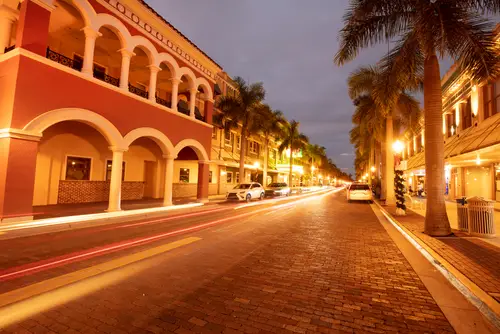
Cape Coral–Fort Myers is another Florida metro moving from red-hot to lukewarm in record time. Bankrate puts it among the coldest markets in 2025, too—once a hotspot, now cooling swiftly. This cooling underscores how supply has surged while demand softens, triggering price cuts and slowing sales. It’s a reminder that even the fastest-growing markets can lose momentum.
That’s not just a small dip—it signals a shift in power back toward buyers. If you’ve been watching this market, you’d notice more listings lingering and fewer bidding wars than before. It’s a dramatic pivot that reflects broader sentiment: buyers are growing cautious, and weather, insurance, and cost-of-living concerns are starting to bite.
3. Punta Gorda, FL
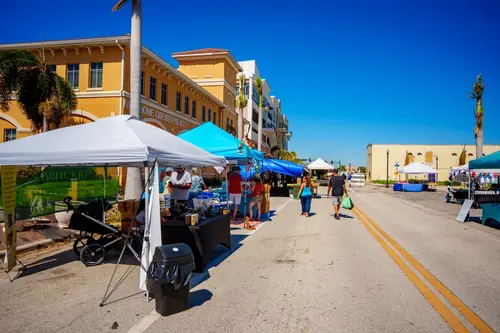
Punta Gorda rounds out the Florida trio that’s cooling off fast—and it’s not a pretty sight for hot-market fans. Home prices in Punta Gorda have dropped nearly 12% year-over-year, making it among the steepest national declines documented by Money.com. That kind of drop is rare in stable housing markets. It’s a cautionary tale for other boomtowns seeded by pandemic migration.
This isn’t just about price corrections—it signals reduced buyer appetite and increased inventory. For someone thinking long-term, it’s a market that flipped from seller’s paradise to buyer’s advantage practically overnight. If you’re house-hunting or tracking real estate cycles, Punta Gorda is essential reading on how quickly a boom can fade.
4. Tampa, FL

Tampa is no longer basking in real estate glory—it’s dropped from a Top 10 Zillow ranking to 29th in the same list for 2025. That plunge points to growing worries about hurricanes, insurance costs, and property taxes. In essence, some of the pandemic migration glue is breaking. That drop in ranking isn’t a minor blip—it’s a structural shift underway.
For buyers, that means more leverage and fewer competing offers. Sellers in Tampa now face a landscape where perks and pricing matter again, and speed isn’t a guarantee. Markets that were flying high now have to reckon with realistic conditions—and Tampa is squarely in that camp.
5. Orlando, FL
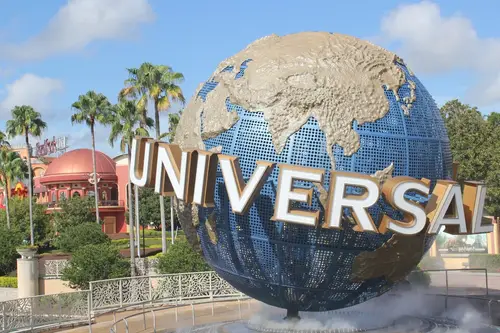
Once a darling for homebuyers chasing sunshine and escape, Orlando is now cooling under pressure. Realtor.com data shows homes are taking longer to sell, and Orlando is one of the standout markets in terms of slowdown. That’s a sign that the ultra-hot demand is easing. Factors like insurance cost hikes and slower migration are bringing Orlando back toward equilibrium.
Home shoppers may find better deals and fewer bidding wars than just a year ago. For existing owners, it’s a reminder that market sentiment can shift—and quickly. Orlando joins a growing list of formerly hot markets now facing the chill.
6. Jacksonville, FL
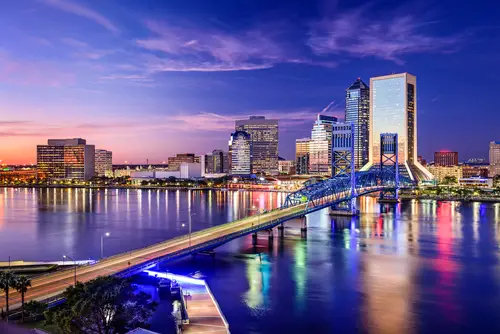
Jacksonville is another Florida city where the housing market’s momentum has waned. Realtor.com highlights it among the markets where homes are lingering longer before selling this June. That trend signals softening demand and a cooling pricing atmosphere. It’s a notable pivot from earlier pandemic-driven frenzy.
Buyers may find themselves in a better negotiating position than they were just months ago. Sellers will need to adapt with realistic price strategies or incentives. Jacksonville’s cooling reinforces the broader pattern: even growth-oriented Sun Belt cities are starting to stall.
7. Miami, FL
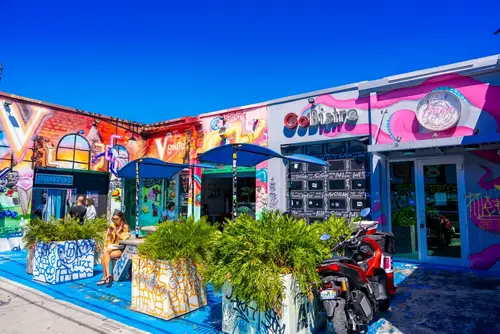
Miami remains popular, but it’s starting to show signs of fatigue too. Realtor.com notes that homes there are taking noticeably longer to sell, even if inventory remains tight. That’s a shift even in prime coastal markets. It suggests buyers are more selective and seller patience is being tested.
That shift could mean opportunities for buyers willing to wait. Sellers may need to sweeten the deal instead of expecting lightning-fast offers. Miami’s market hasn’t collapsed—but there’s a clear pullback in pace and urgency.
8. Austin, TX

Austin’s been a standout boomtown, but the heat is easing. ICE Home Price Index data shows price declines in the region as of early 2025, with rising construction and insurance costs dampening demand. More supply and fewer new arrivals slowed the frenetic appreciation. It’s proof that even strong-tech-driven metros can cool under economic pressures.
For local buyers, that means more inventory and potentially downward price pressure. Builders and sellers might need to rethink pace and pricing as well. Austin’s pendulum swing highlights how quickly dynamics can shift when fundamentals change.
9. Dallas, TX

Dallas is seeing a similar chill in the air—its housing market is cooling along with broader Texas metros. ICE data highlights price moderation tied to rising supply and insurance costs. What was once a runaway market is now settling into a more balanced rhythm. That matters for anyone tracking Sun Belt real estate trends.
Buyers may find Dallas more approachable now, with less competition and stabilized prices. Sellers should brace for more negotiation and longer listing periods. It’s a reminder that even big, booming metros hit pause when conditions shift.
10. Houston, TX
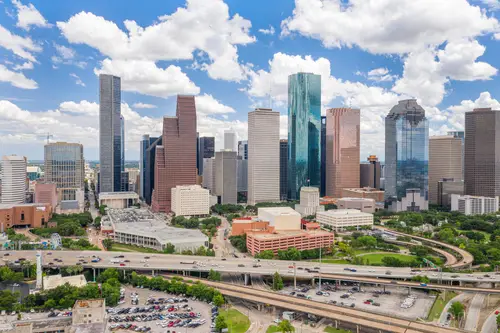
Likewise, Houston’s market is cooling in step. ICE reports show housing prices softening, due in part to increased building activity and higher insurance rates. Investors and locals alike may notice listings staying active longer. The rising inventory is giving buyers more choice and price leverage.
That’s quite the change from the rush a few years back. For anyone watching real estate cycles, Houston’s shift reinforces that even energy-rich cities aren’t immune to correction. The sweet spot for negotiations is widening.
11. San Antonio, TX

San Antonio marks another Texas city undergoing a cooling arc. July 2025 Sabor data shows home sales dropped 10% year-over-year, inventories are up 14%, and time on market has stretched by 16%. That’s a concrete sign of shifting market dynamics. Rising supply and cooling buyer enthusiasm have softened the pace and pricing power.
Sellers may need to adjust more than they expect to attract buyers. Buyers, meanwhile, enjoy extended runway for research and negotiation. San Antonio’s market shift is a strong signal of a broader regional cooldown.
12. Phoenix, AZ

Phoenix is starting to fade from its once-sky-high status: MarketWatch notes price reductions are rampant in Phoenix—the first time in years the trend’s pushed into negative territory among the 20 largest metros. That’s a big deal in a market known for constant appreciation. It reflects intense downward pressure from rising inventory and seller fatigue.
Homebuyers watching may sense more leverage and more choices. Sellers whose pricing strategies are stale might need to reassess. Phoenix’s change adds to the growing map of pandemic-era boom towns facing reality.
13. Nashville, TN
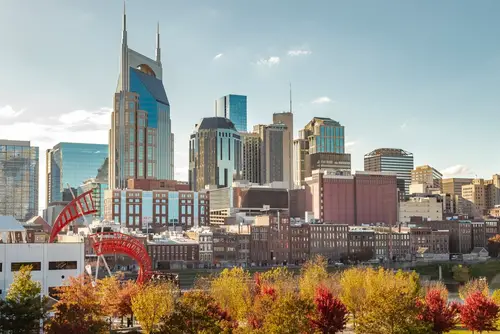
Nashville, once a headline grabber for red-hot real estate, is now seeing homes sit longer than a year ago per Realtor.com’s June report. That indicates the market’s losing friction and urgency. It’s a shift that indicates cooler demand and more measured sales. Sellers need to rethink pace—and pricing.
For buyers, it’s a chance to cross Nashville off the “only for quick action” list and treat it like a balanced market. The vibe has shifted, and with it, the rules of the house-hunting game.
14. Tucson, AZ

Tucson is another city where Realtor.com data shows homes on the market longer than this time last year. That’s a clear signal of cooling demand. It marks a departure from the recent trend of frenetic activity. As listings slow, buyers can take their time—and sellers must consider realistic pricing strategies.
For those tracking southwestern housing, Tucson’s shift is illustrative: even more affordable Sun Belt cities are feeling the chill. It’s not about isolated downturns—it’s about shifting regional dynamics.
15. Boise, ID
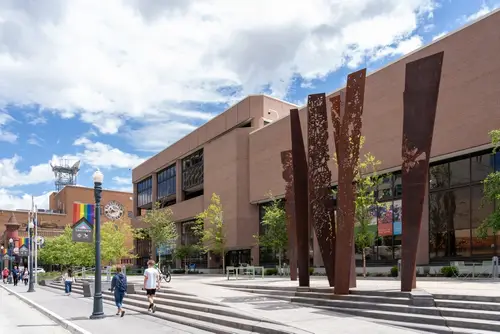
Boise was one of the biggest pandemic boomtowns, drawing in remote workers and families from across the country. But recent numbers show that its runaway appreciation is now firmly in reverse, with home prices falling and days on market lengthening. The affordability advantage that once lured buyers has been eroded. Now, locals are seeing a more balanced—and in some cases buyer-friendly—market.
For buyers, it means they can breathe easier when making an offer, no longer battling bidding wars. For sellers, it’s a reminder that pricing has to reflect reality, not just pandemic-era expectations. Boise’s cooling underscores how quickly a “hot” destination can slip when the fundamentals shift.
16. Sacramento, CA

Sacramento became a magnet for Bay Area transplants during the pandemic, but that surge has tapered off. Recent data shows slower sales and more price reductions as affordability issues catch up with the market. Buyers no longer feel the same urgency to flee the Bay in droves, which has softened local demand. The city is still attractive, but the fever pitch has passed.
For prospective homeowners, this means more options and less pressure to act fast. Sellers, though, must adjust to the new climate where offers aren’t guaranteed above asking. Sacramento’s cooling is a classic example of a migration-fueled boom correcting itself once patterns normalize.
17. Denver, CO
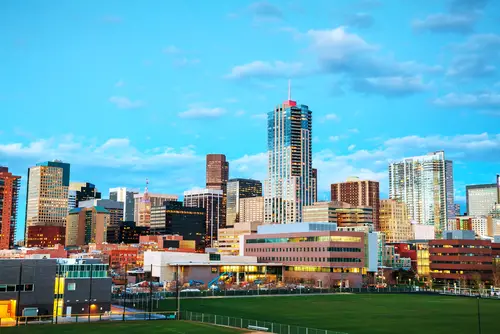
Denver’s housing scene, once a poster child for bidding wars and sky-high appreciation, is clearly easing up. Price growth has slowed noticeably, and listings are staying active longer as affordability challenges push some buyers to the sidelines. Even popular neighborhoods that used to sell in days are seeing longer timelines. The market is shifting from frenzy to something closer to balance.
For buyers, this cooling feels like a long-awaited breather, offering more choices and less competition. Sellers, though, are learning that aggressive pricing strategies don’t fly like they did two years ago. The Mile High City is still desirable, but the cooling proves that even the strongest markets eventually hit their ceiling. Denver is now a story of adjustment rather than runaway growth.
This post 17 Housing Market “Hot Spots” That Are Already Cooling was first published on Greenhouse Black.
